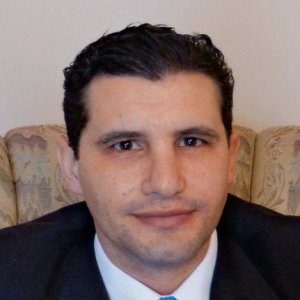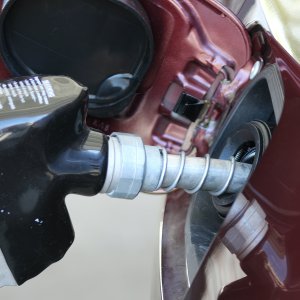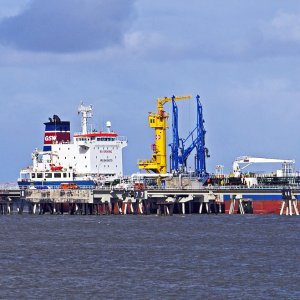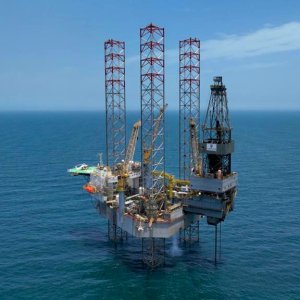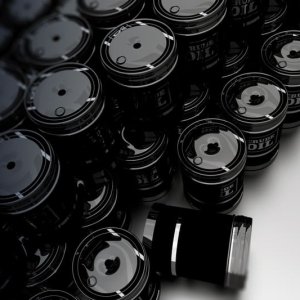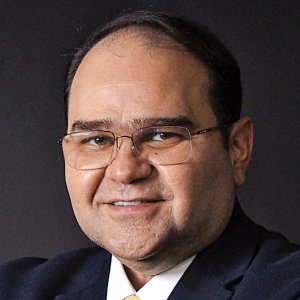Efficiency is Critical for Offshore Power Generation

STORY INLINE POST
Having been a part of Mexico’s oil industry for 60 years, Dresser-Rand now has 3,000 pieces of equipment installed across the upstream, midstream, and downstream segments, and its lines of steam and gas turbines, engines, and centrifugal and reciprocating compressors have made it a leader in power generation activities. Dresser-Rand’s products have been in use in PEMEX’s refineries for more than 25 years, leading Jesús Pacheco, Executive Vice President of New Equipment Worldwide of Dresser-Rand, to confidently state that “if you were to ask refinery operators which pieces of equipment they found to be the most enduring and reliable, our name would come up.” He goes on to enumerate a few examples of how Dresser-Rand technology has made the brand famous within the Mexican state-owned oil company. In 1994, the company signed a contract with PEMEX to perform an important upgrade in Cantarell and Litoral de Tabasco. In Cantarell, the company achieved a 22% asset production availability increase by reducing downtime from 88 days per year to just seven. The firm’s actions also included revamping multiple compression trains to increase the reliability and efficiency of the assets by incorporating reliable built-in features into its product design. “The DATUM I is a highly advanced compression technology and the only of its class. This centrifugal compressor incorporates separation equipment inside the casing, eliminating the need to purchase external gas and liquid separators which tend to be large, bulky, and heavy. The DATUM compressor has a modular cartridge design treated as a single piece, also sparing clients from having to disassemble the bearings or pull out seals and heads. The casing, therefore, is the only item left on the platform, enabling operators to install the spare modular cartridge, which makes the installation process faster than conventional designs,” says Pacheco.
Efficiency is measured through concrete actions, such as burning less gas for compression, which is an important component in reducing operating cost. In refineries, energy efficiency is a strategic priority because of the high costs of the energy PEMEX has to pay. Pacheco provides an example to illustrate how investing in efficiency can reduce operational costs. “Take a compression device that functions on a gas turbine that requires 20,000kW to compress 100mcf/d and compare it to a similar one that requires 19,000kW to deliver the same performance. The latter will have a lower power requirement due to the incorporation of a more efficient gas turbine driver, a more effective compressor, or both. A solution that requires less power will also have fewer harmful emissions.” Energy producers such as PEMEX must be as energy efficient as possible because wasted gas is a lost revenue stream. “This is the reason we want to provide our clients with compression solutions that achieve high efficiency levels,” says Pacheco. “The installation of 15 DATUM compressors for PEMEX’s cryogenic plants in Reynosa provides a good example. Since these compressors were installed, there has been no unscheduled shutdown and not a single malfunction incident. These units improve efficiency and consume less energy by turning residual or lean gas into exploitable resources.”
“For a typical upstream oil and gas facility, 30% of an asset’s total lifecycle costs are in CAPEX-FEED work. Expenses relating to construction and equipment are incurred at the project’s front end while the remaining 70% falls in operating expenditure (OPEX).” Pacheco claims that a 10% saving in CAPEX translates into a 3% saving on the total lifecycle costs, but a 10% saving on OPEX yields much higher revenues, which is why Dresser-Rand focuses on this area. A client’s OPEX can also be reduced by implementing solutions that involve less equipment. “More equipment raises the probabilities of malfunctions, as machines are prone to wear and tear or process upsets. In cases where the competition’s products need three casings, our technology can get the same job done using just one,” says Pacheco.
DATUM I and DATUM ICS are designed to reduce OPEX in offshore platforms, onshore compression and cryogenic plants, pipeline stations, refineries, and petrochemical complexes. The DATUM ICS, or Integrated Compression System, is a compact compression plant that goes further by incorporating condensation, separation, and high speed oil-free electric motor technology with piping and coolers. This system is capable of reducing the weight and footprint of a compression facility by approximately 50%. The first commercialized ICS system is currently installed on Petrobras’ P-18 platform in the Marlim offshore oilfield in Brazil. Pacheco says the ICS system was chosen as it was the only available and affordable solution to tackle the challenges facing this asset. Petrobras preferred this idea to adding space to the existing infrastructure due to the costs involved. For the same reason, Dresser-Rand is actively working with customers around the world to use DATUM ICS in FPSOs. The technology used in the ICS involves the same building block as Dresser-Rand’s subsea compression solution. “We bring together our compression, liquid separation, and magnetic bearing technologies along with high speed motors into a single casing, which are then adapted to provide a subsea compression service,” details Pacheco.
Pacheco doubles down on the importance of not having to spend money on the hidden costs of lower price equipment that weighs more or has a large footprint. Footprint and weight have an exponential effect because every tonne of steel on a platform needs three or four additional tonnes of steel below it to support its weight. “Dresser-Rand does not seek to offer the lowest price because the true value we offer is our ability to provide the lowest life cycle cost to our clients. Upon being presented with Dresser-Rand’s offering, PEMEX realized it could achieve the same amount of compression without losing operational flexibility with two trains instead of six. In consequence, its operating costs were reduced considerably and its operations have become more reliable. These accomplishments have been very important for Dresser-Rand and PEMEX,” he says. Currently, Dresser-Rand is involved in long-term service agreements for refineries and offshore production assets, and it is building two fairly large compression modules for the Abkatún Delta platform located in the Litoral de Tabasco asset. These compression modules will incorporate Dresser-Rand’s VECTRA gas turbines and DATUM I centrifugal compression technology. Dresser-Rand won the Abkatún Delta contract on the basis of lifecycle cost evaluation, in combination with delivery times, equipment weight, and performance. “PEMEX is performing valuebased evaluations over the operating life of the compression solutions rather than merely focusing on the initial purchase price of the compression trains, something widely viewed as a positive change. It is not favoring the cheapest option but the one that maximizes its value over the asset’s life in terms of net present value. It is in PEMEX’s advantage to consider total life cycle costs when comparing competing solutions for an upstream project,” Pacheco says.




